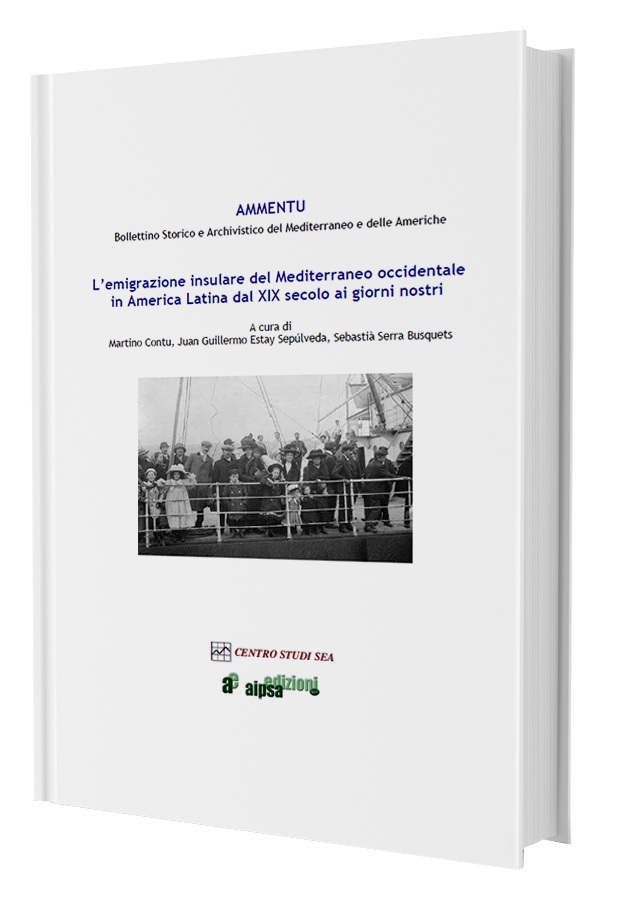Migration of fishermen, seamen and merchants from the Island of Capraia to Latin America in the XIX century
DOI:
https://doi.org/10.19248/ammentu.266Palavras-chave:
Migration, Capraia, Corsica, Puerto Rico, Latin AmericaResumo
Since the middle of the 16th century the Island of Capraia, located between the Island of Corsica and the coast of Tuscany, has been part of the Republic of Genoa. In the 17th century the inhabitants became fisherman, selling their catch as salted fish in Genoa, Corsica and Leghorn. In the first half of the 18th century with their small boats, called gondola, they developed an intensive mercantile traffic among Corsica, Genoa and Leghorn. Fishing and mercantile traffic brought to the island a sustainable economy with a growth of the population.Starting from the French revolution the inhabitants of Capraia were forced to leave their island due to the slowdown of the sea traffic and commerce with Genoa, Corsica, and the Tuscany coast.
In the first migration wave, between 1805 and 1820, the islanders moved first to Corsica and from there to France and Central America. A small group settled in the Island of Puerto Rico where from seamen they became small landowners. A second wave of migration, starting from the middle of the 19th century, was directed to South America, mainly Argentina, where they could make their living as seamen and merchants.
Downloads
Publicado
2017-12-30
Edição
Secção
I PARTE - L’emigrazione insulare mediterranea: il quadro generale
Licença
Nota sobre direitos de autorO aviso de direitos de autor (ou copyright) que figura mais abaixo constará entre as informações sobre a revista e os metadados de cada um dos artigos publicados. Apesar de cada revista poder determinar com total liberdade a forma e a substância do acordo de direitos de autor assinado com os autores, o Public Knowledge Project recomenda a utilização de uma licença Creative Commons. Para esse efeito, proporciona um exemplo que pode ser copiado e colado no espaço mais abaixo para as revistas que (a) ofereçam acesso livre, (b) ofereçam acesso livre diferido ou (c) que não ofereçam acesso livre.









